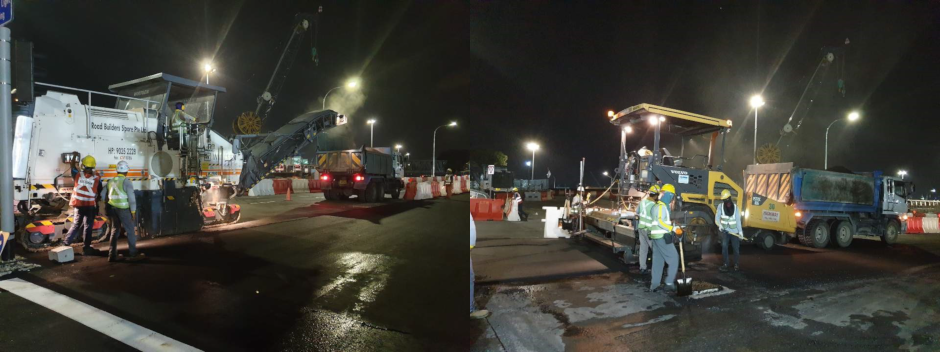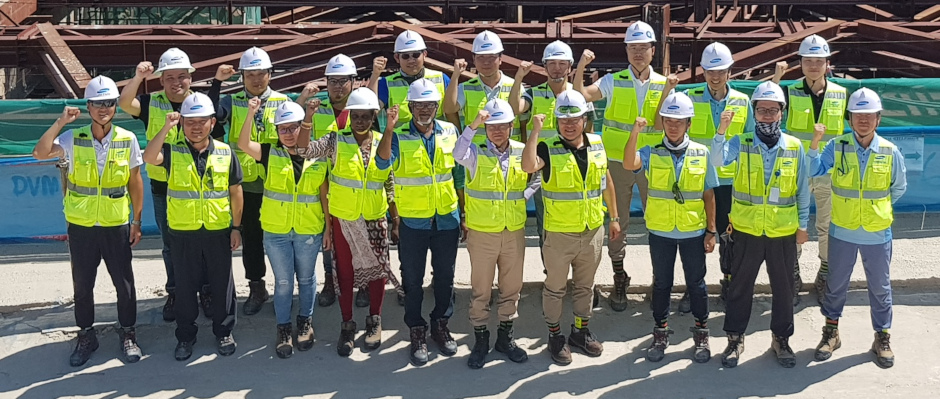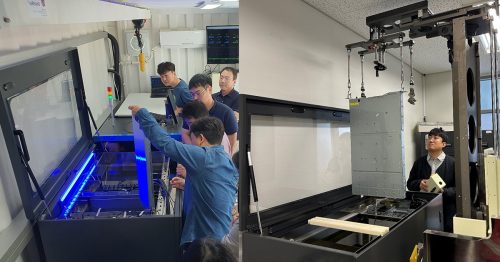Since it first opened in 1987, Singapore’s Mass Rapid Transit (MRT) subway system has expanded continuously. And this is no small achievement, as subway construction in Singapore is a significant challenge.
For example, there is the difficulty of building underground in a densely populated island city-state with a total area of 724.2 square kilometers – not much larger than Seoul, the capital city of South Korea. Adding to an already complex subway system means building around a busy urban network of existing tunnels, pipes, telecommunications lines and so on. Another issue is carrying out construction projects on soft ground that has been extended through land reclamation to enlarge Singapore’s territory.
Yet Samsung C&T’s Engineering & Construction Group has plenty of experience in overcoming these challenges. The company had completed seven subway construction projects and two underground expressway developments in Singapore when it took an order in 2016 for its largest ongoing project in the city: T313.
A technically challenging project
Located close to Changi Airport and set for completion in 2024, the T313 project refers to Samsung C&T’s construction of a subway station and 1,200-meter tunnel in Singapore’s southeastern region, connecting Xilin Avenue to the MRT system.
One of the major difficulties not mentioned so far has been battling against water. The tunnel is being built beneath canals, as there are two waterways running through the T313 site. Therefore, a lot of effort has been made to temporarily divert the waterways during construction. Whenever utilities like water and power are to be affected, it requires official approval from each related authority.
A further complexity is that eight subway lines will run through the tunnel when it is completed. This means the railways cannot simply be built in straight lines, but rather they need to spread out like tree branches.
The 72-hour miracle
The T313 project called not only for the diversion of waterways, but also traffic. Last July, when an 840-meter stretch of road had to be closed for construction work, the team had a single weekend to build a diversion at a busy intersection usually serving tens of thousands of vehicles per day. They started Friday evening with the aim of completing the diverted route in time for the following Monday morning’s rush hour.
The construction team had to convince and gain the individual approval of water, power, communication and road authorities well in advance, as there were several lines and pipes underneath the road. They worked in shifts around the clock, even as it rained, proceeding patiently as they had to move each manhole one by one while carefully paving the road.
72 hours later, by 7 a.m. on Monday, the new diversion road was finished and ready to receive rush-hour traffic.
T313 site running smoothly through meticulous scheduling
Planning subway construction projects always involves an element of the unknown, because it is impossible to survey all potential obstacles underground. But working meticulously has set the T313 team on course to meet its main goals for this year – two road traffic diversions and two canal diversions.
With over four years to go, T313 Project Manager Edward JS Moon admits that “this is a complex and challenging project.”
“I will continue to stick to the principles of quality and safety in executing the project,” Moon adds. “I will also continue to focus on carefully managing the construction schedule and working closely with the client, the local authorities, and the partners as one.”
T313 will have its own impact, but it will also join Samsung C&T’s legacy of construction in Singapore that goes back to 1996 – from the heights of building the city’s tallest building, the Tanjong Pagar Centre, to the depths of the MTR.










